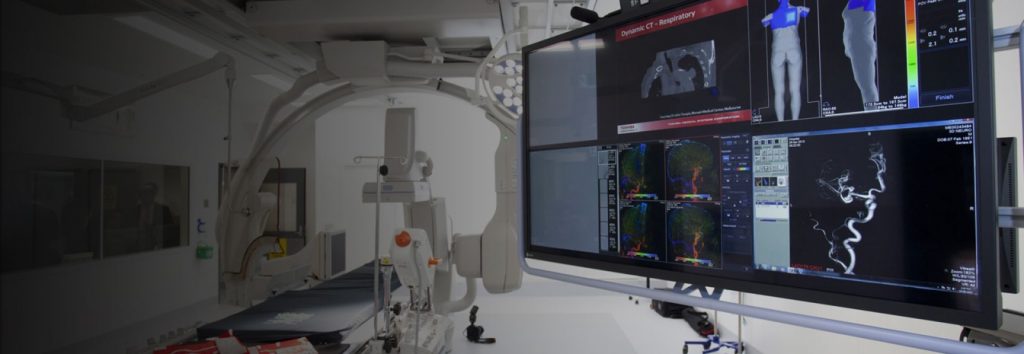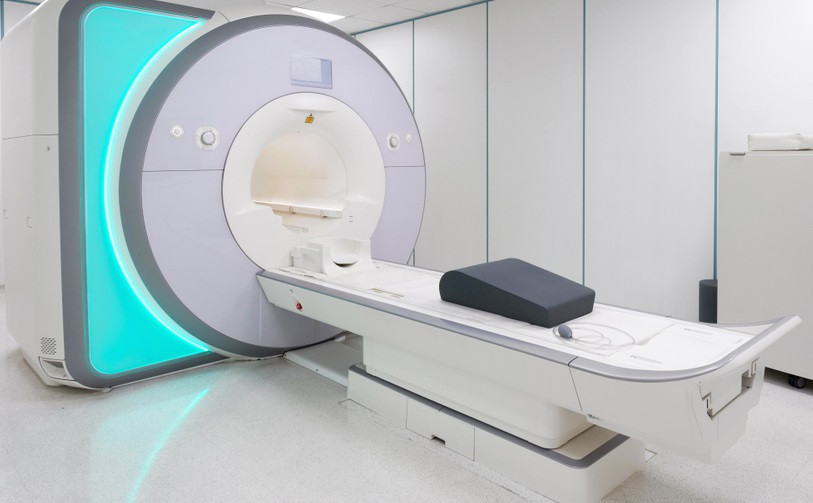
Introduction: In the ever-evolving landscape of healthcare, there is a notable paradigm shift as non-physician providers increasingly play a crucial role in imaging interpretations. This blog post explores the factors driving this shift, the expanding roles of non-physician providers, and the implications for the future of diagnostic imaging.
- The Traditional Landscape of Imaging Interpretations:
- Set the stage by outlining the historical reliance on physicians, particularly radiologists, for imaging interpretations.
- Highlight the challenges posed by increasing demand, workforce shortages, and the need for innovative solutions.
- Factors Driving the Paradigm Shift:
- Explore the factors contributing to the rise of non-physician providers in imaging interpretations.
- Discuss the increasing workload, the need for cost-effective solutions, and the utilization of advanced technologies.
- Advanced Practice Providers (APPs) in Imaging:
- Introduce the concept of Advanced Practice Providers (APPs) and their expanding roles in imaging.
- Discuss how nurse practitioners, physician assistants, and other non-physician providers are gaining expertise in interpreting certain types of imaging studies.
- Specialized Training and Certification:
- Highlight the importance of specialized training and certification for non-physician providers in imaging interpretations.
- Discuss the programs and initiatives that enable these providers to acquire the necessary skills for accurate readings.
- Complementary Roles with Radiologists:
- Emphasize the collaborative and complementary roles of non-physician providers with radiologists.
- Discuss scenarios where non-physician providers enhance the efficiency of imaging interpretations, allowing radiologists to focus on more complex cases.
- Expanding Access to Imaging Services:
- Explore how the involvement of non-physician providers contributes to expanding access to imaging services.
- Discuss the potential benefits in reaching underserved populations, reducing wait times, and improving overall healthcare accessibility.
- Technological Advances and Decision Support:
- Discuss how technological advances, including decision support tools, empower non-physician providers in accurate imaging interpretations.
- Explore the integration of artificial intelligence and machine learning in supporting non-physician providers in their roles.
- Quality Assurance Measures:
- Address the implementation of quality assurance measures for non-physician providers in imaging interpretations.
- Discuss peer reviews, ongoing training, and adherence to established standards to ensure the reliability of their readings.
- Regulatory and Policy Considerations:
- Examine the evolving regulatory landscape and policy considerations surrounding the involvement of non-physician providers in imaging interpretations.
- Discuss any guidelines or regulations that govern their practice in this domain.
- Future Implications and Trends:
- Conclude by exploring the future implications of the rise of non-physician providers in imaging interpretations.
- Discuss emerging trends, potential challenges, and the evolving role of these providers in shaping the future of diagnostic imaging.
Conclusion: The rise of non-physician providers in imaging interpretations represents a significant paradigm shift, driven by the need for innovative solutions and increased efficiency. As these providers continue to play crucial roles in imaging, the healthcare landscape is witnessing a transformation that holds the promise of improved accessibility, enhanced collaboration, and more effective utilization of diagnostic resources.
Service Areas :- Jharkhand – Bokaro, Chatra, Deoghar, Dhanbad, Dumka, East Singhbhum, Garhwa, Giridih.
